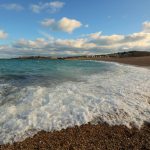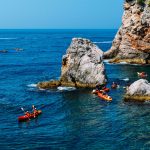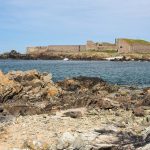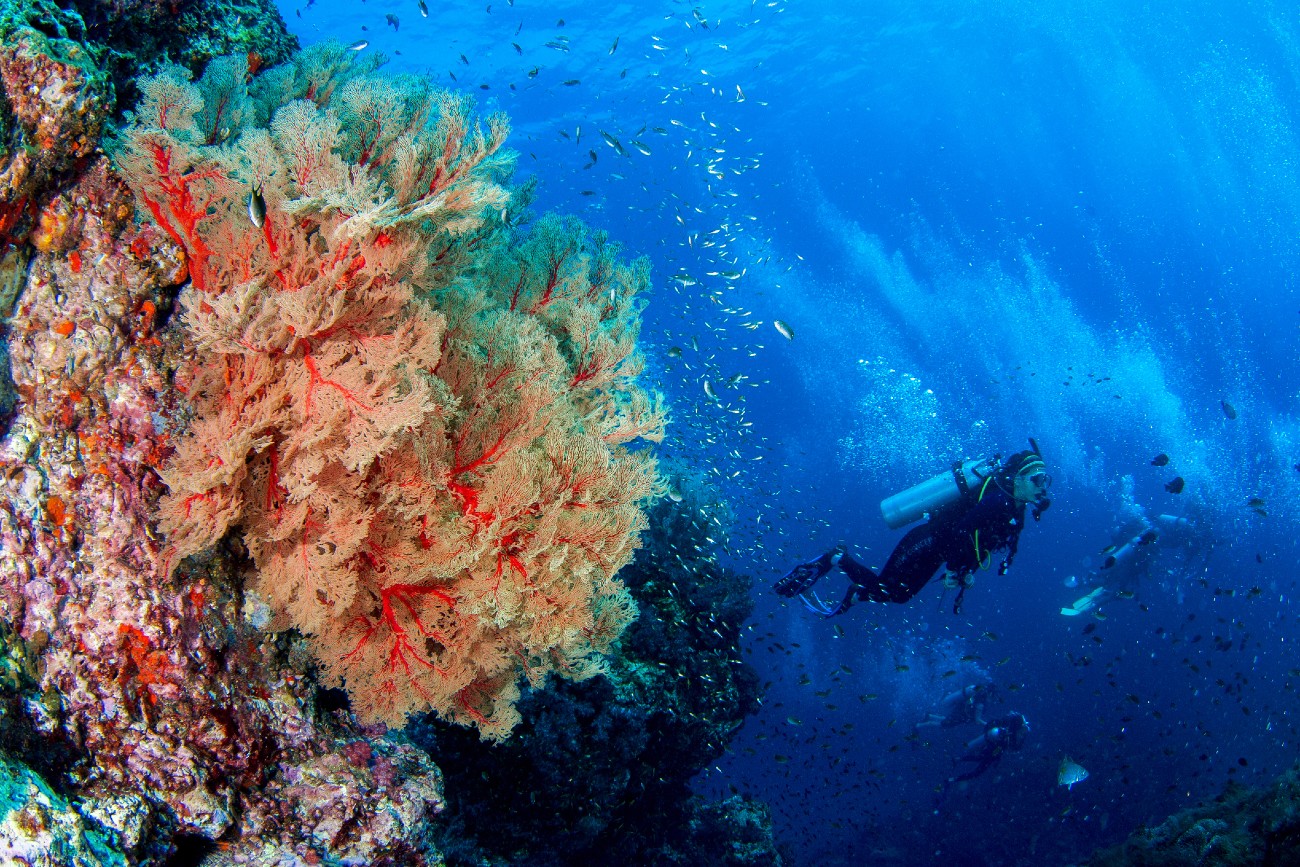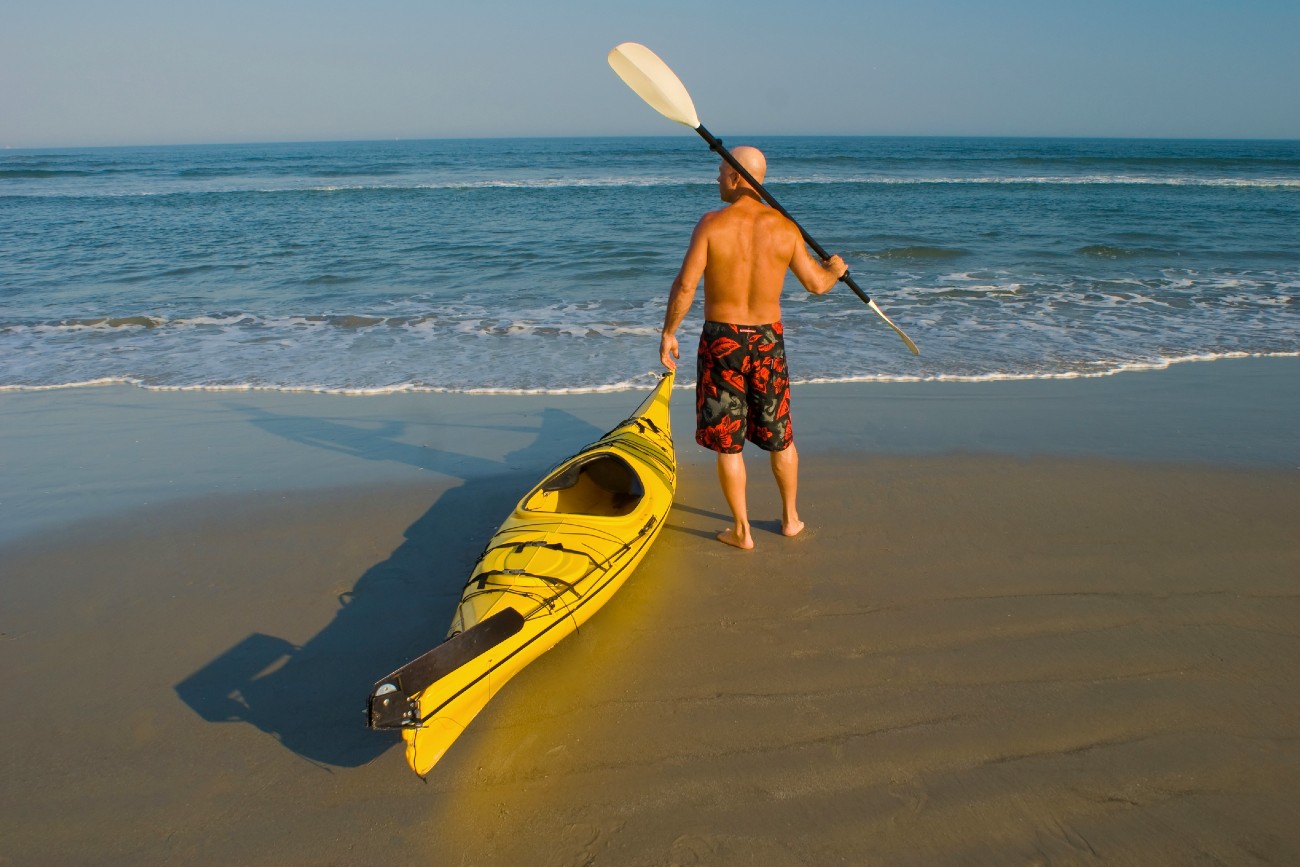
The third-smallest of the Channel Islands, Alderney boasts fantastic beaches and stunning stretches of coastline. It is one of the most unspoiled islands in the region, with minimal human disturbance, meaning you’re almost guaranteed to have the coastline to yourself once you venture beyond the main beaches.
Alderney is approximately 8 miles in circumference, and while this may seem small, there is plenty to see within this distance. It is entirely possible to kayak around the island, but if you take your time to explore, you could easily spend several days or more on the water. I recommend booking a tour with a specialist marine guide from the Alderney Wildlife Trust, who can take you around Alderney’s bays and wider coastline. Please check this link for bookings and more details.
The North-East Tidal Race
North-eastern Alderney is perhaps one of the most interesting places to head for on a kayaking trip. Here, the coastline is peppered with lovely little bays and white, sandy beaches. Saye Beach and Corblets beach are perhaps the most scenic, and are surrounded by small rocky headlands which are topped by numerous fortifications. These can be interesting to view from the water as you pass by, with an eastward direction of travel taking you towards the tip of the island closest to France.
On this spot I usually come across seals that are lounging on the rocks in this area. There are also a number of caves to explore if you’re feeling adventurous. This part of the coast can be especially exciting to kayak when the tide is turning, as the water at the Brinchetais Ledge – near Houmet Herbé Fort – rushes between the rocks. The tidal races peak twice a day, with the water effectively rushing ‘downhill’, creating conditions similar to river rapids. If you catch the tide at the right time, it can therefore be an exhilarating experience, though it is always wise to inspect the conditions prior to committing.
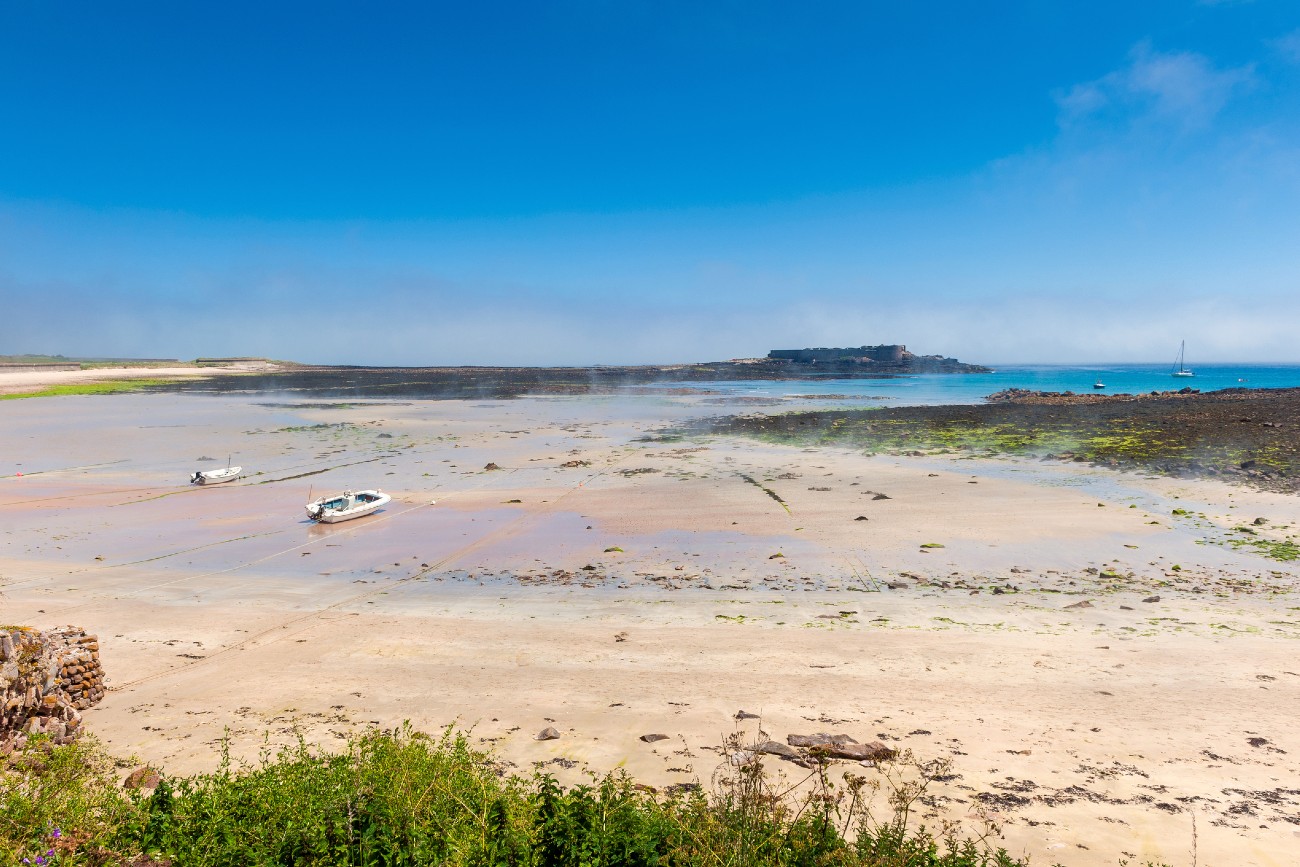
Alderney beach at low tide
Gannet Spotting
At the opposite end of Alderney, the south-west coast offers something entirely different. Here, the bays are smaller and rockier, and tend not to attract as many people, making the area feel much more remote. There are also a number of tall sea stacks and islets to explore, with the highlight undoubtedly being Les Étacs – a series of rocks situated about 100 m off the coast. From February to September each year, these rocks are home to the largest gannet colony in the Channel Islands, with around 6,000 pairs gathering to breed.
This can be an incredible sight to see, as well as hear, with the birds making a cacophony of noise. From Les Étacs, it’s just a short distance northwards to Fort Clonque, which sits on a tidal island. When the tide is in, kayaking is one of the few ways to reach the island and it can be a nice place to land and explore for a while. The north side of the fort extends into a nice rocky bay too, before the coastline begins to curve back around towards St. Anne.
Idyllic Beaches
Alderney has some fantastic beaches just north of St. Anne, with Braye Beach being a popular destination when the sun is shining and temperatures are warm. The Alderney Wildlife Trust’s kayak tours usually start from Braye Beach, though some also begin at Longis Bay.
All of these beaches are beautiful and are great places for beginners who are just learning how to kayak, as the waters are very sheltered and the beaches slope gently out into the ocean. Longis bay has a small tidal island within it, named Raz Island. While normally accessible when the tide is low, the island and its little fort are cut off at high tide, making a kayak the best way to reach them.
Alderney Wildlife Trust’s tours can also be a good idea for beginners, as the guides will offer advice on kayak paddling and techniques. As all profits from Alderney Wildlife Trust’s tours are reinvested back into the conservation of the island, it is also a good cause to invest in.
Alderney has so much to offer! Explore other part of this small island in the following article: A seabird haven – Western Alderney


